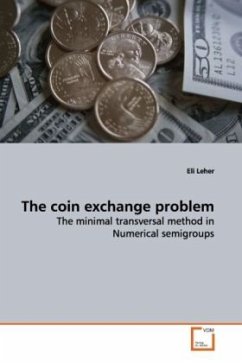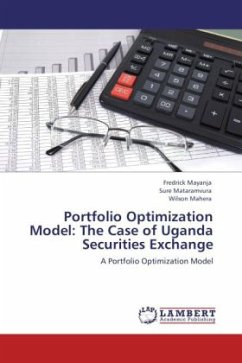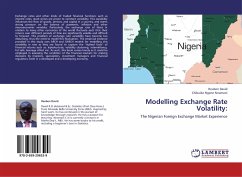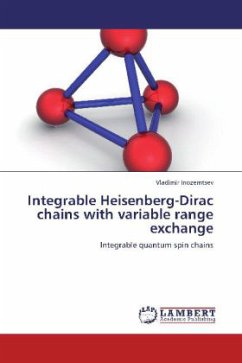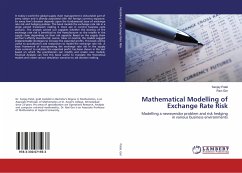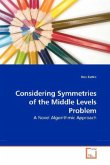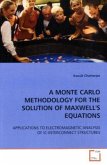Suppose our monetary system used only coins of the
values 5 and 8. Which bills could we exchange using
only these coins? How many sums are impossible to
get? More generally, let a,b,...,n be natural numbers
(the values of the coins). The set of all natural
combinations of these numbers is a numerical
semigroup. Our goal is to determine the structure of
this semigroup.
This question, known as the coin exchange problem or
the Frobenius problem, captured the imagination of
many mathematicians ever since it was first proposed
by Sylvester in 1884.
If we use only 2 kinds of coins, the answer is quite
simple, but the case of 3 or more turns out to be
much more complicated and interesting.
This book presents the problem in a clear and vivid
way, and shows an ingenious simple method to solve
it. The main parameters of the problem, including the
Frobenius number and genus, are explained and
discussed. Finally, the book presents the surprising
link between numerical semigroups and cyclotomic
polynomials. The subject, as well as the clever
solution and clear presentation, make this book a
delight to anyone interested in mathematics,
professionals and amateurs alike.
values 5 and 8. Which bills could we exchange using
only these coins? How many sums are impossible to
get? More generally, let a,b,...,n be natural numbers
(the values of the coins). The set of all natural
combinations of these numbers is a numerical
semigroup. Our goal is to determine the structure of
this semigroup.
This question, known as the coin exchange problem or
the Frobenius problem, captured the imagination of
many mathematicians ever since it was first proposed
by Sylvester in 1884.
If we use only 2 kinds of coins, the answer is quite
simple, but the case of 3 or more turns out to be
much more complicated and interesting.
This book presents the problem in a clear and vivid
way, and shows an ingenious simple method to solve
it. The main parameters of the problem, including the
Frobenius number and genus, are explained and
discussed. Finally, the book presents the surprising
link between numerical semigroups and cyclotomic
polynomials. The subject, as well as the clever
solution and clear presentation, make this book a
delight to anyone interested in mathematics,
professionals and amateurs alike.

